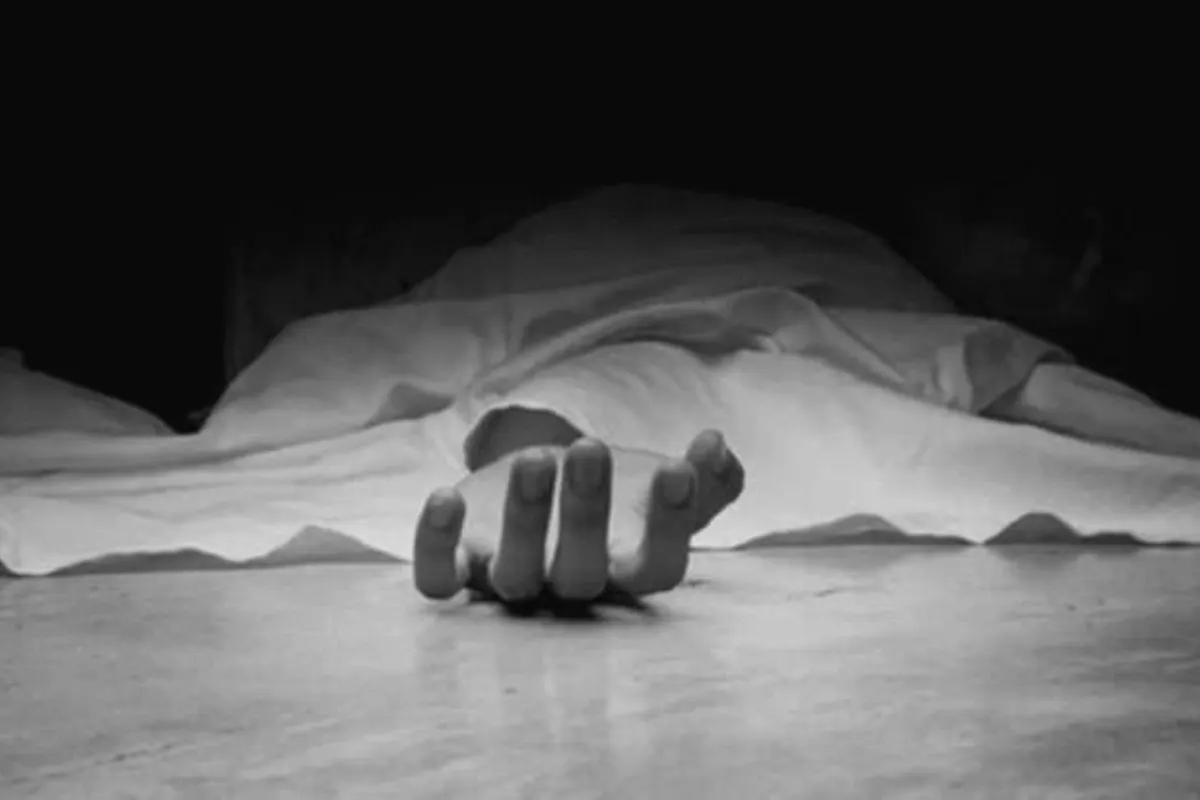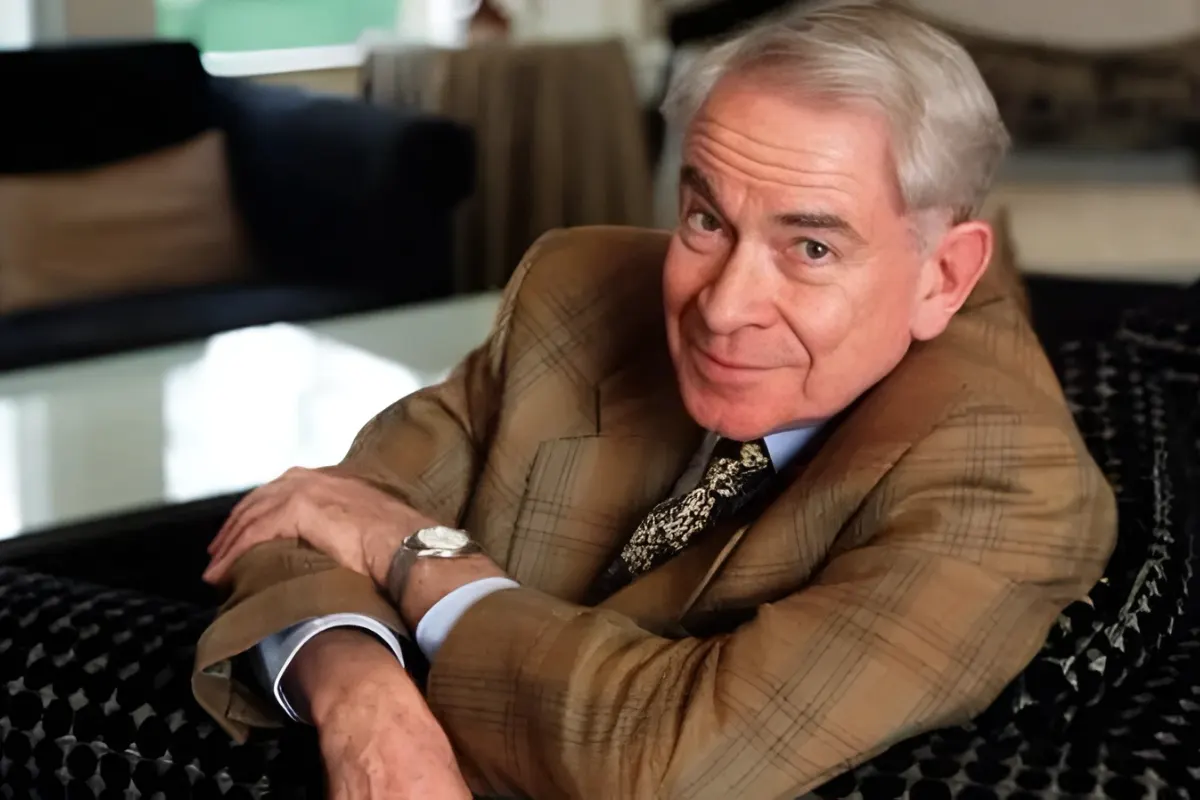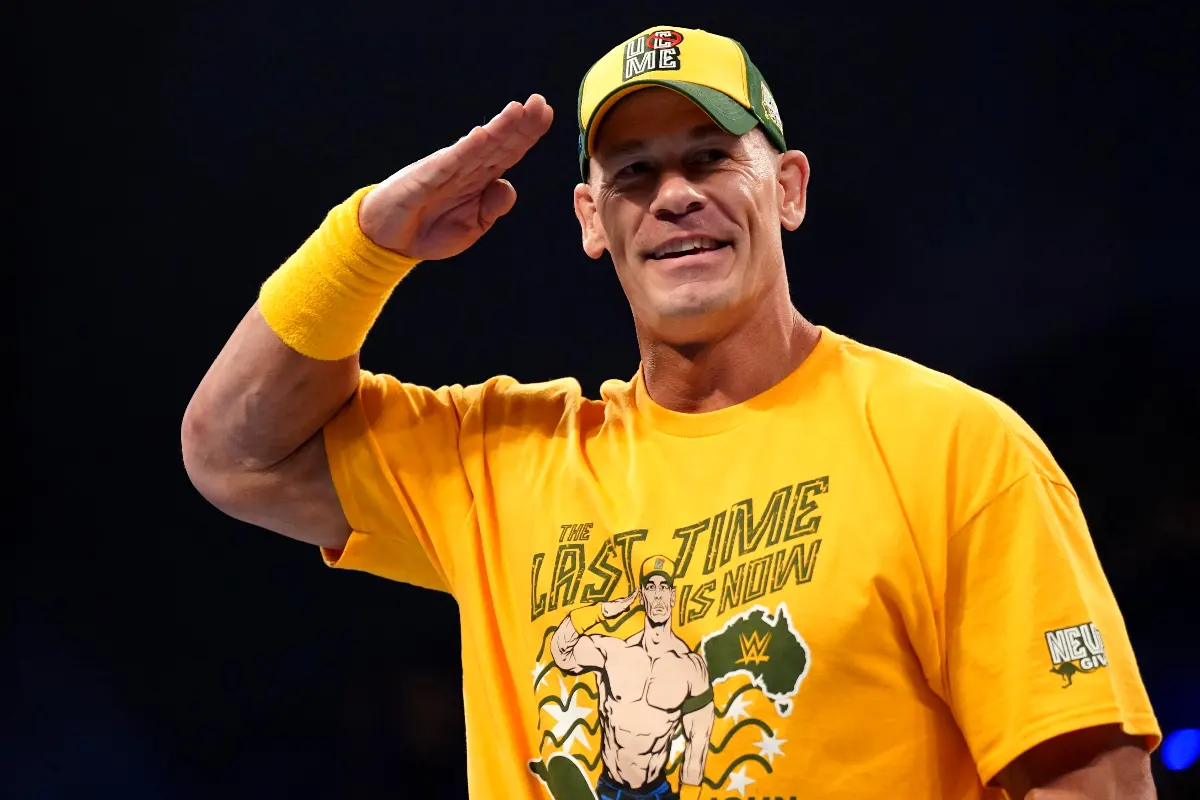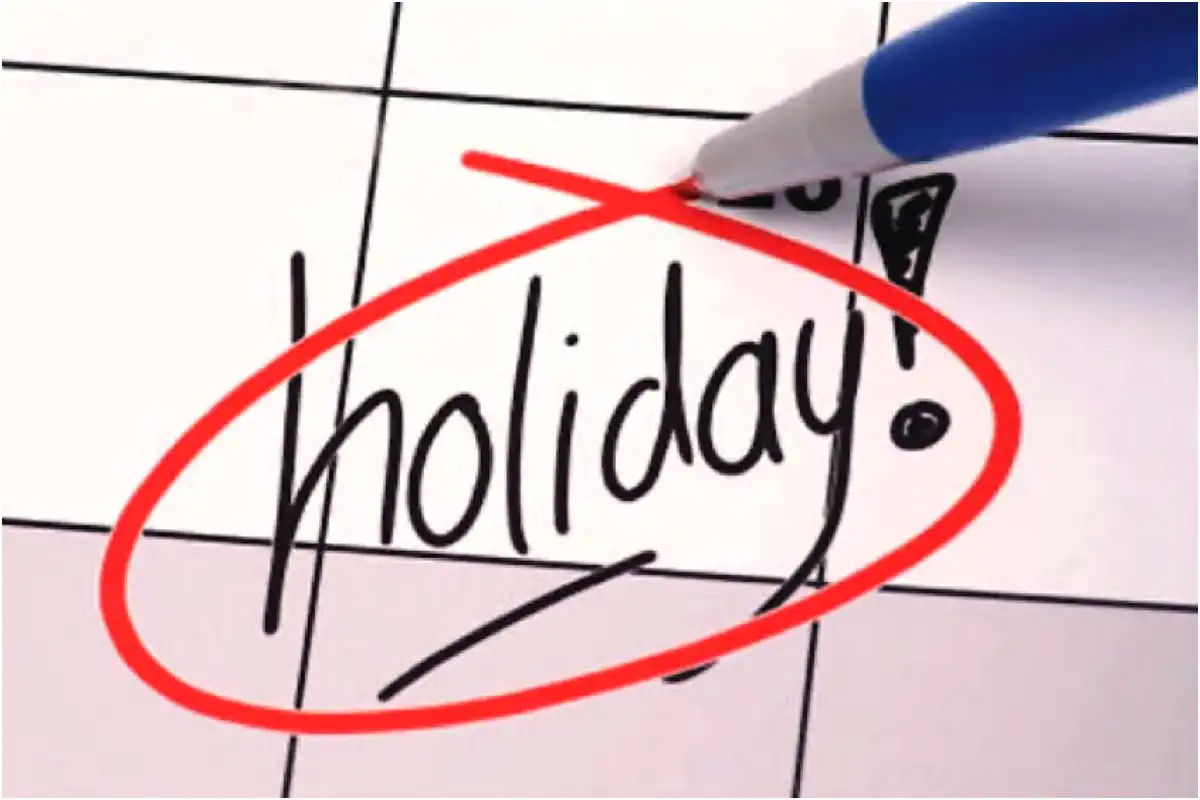Who Invented the Barcode? The Story Behind the First Scanned Item
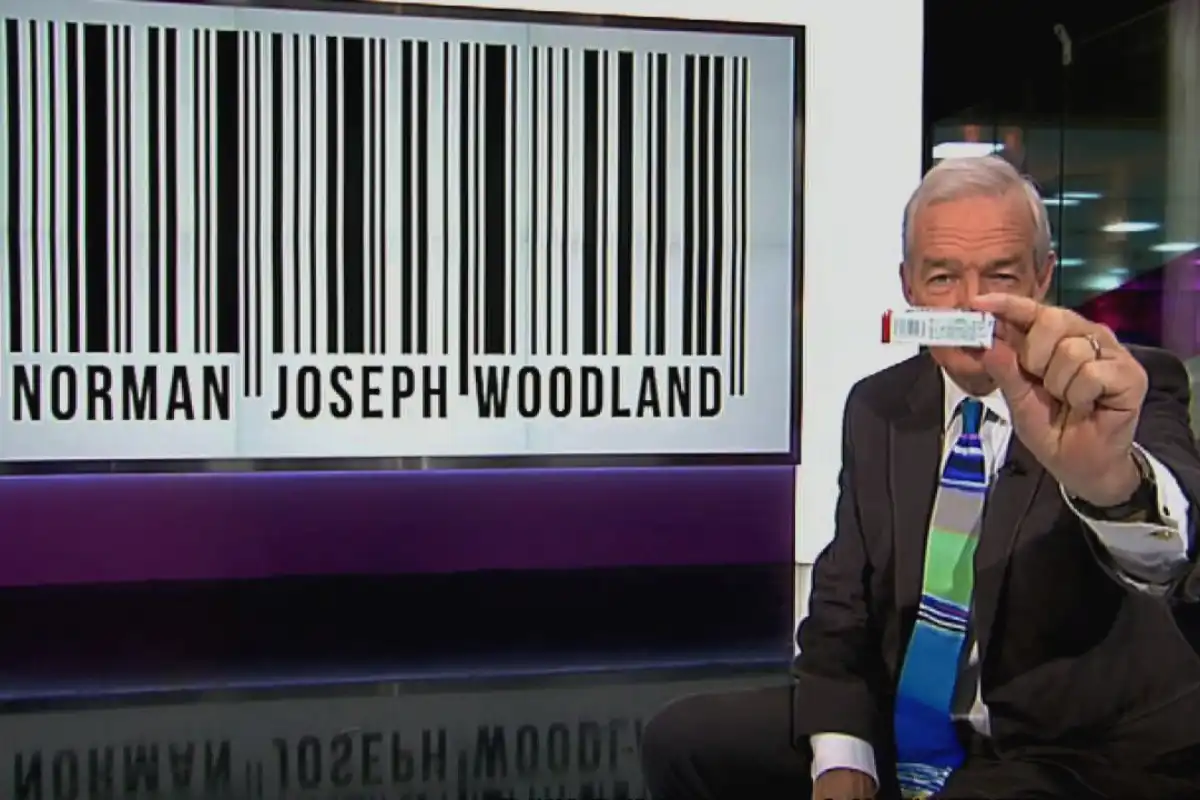
Who Invented the Barcode? The Story Behind the First Scanned Item
The barcode, now a cornerstone of modern retail and logistics, was invented by Norman Joseph Woodland and Bernard Silver, who patented the technology in 1952. Their innovation transformed the way businesses track, sell, and manage inventory worldwide, paving the way for the global supply chain systems we rely on today.
Early Beginnings and Inspiration
The idea originated in 1948 when Bernard Silver, then a graduate student at Drexel Institute of Technology, overheard a supermarket executive seeking an automated method to speed up checkout. Silver shared the challenge with his classmate Norman Joseph Woodland, who drew inspiration from Morse code. Woodland extended the dots and dashes into lines, famously sketching the first concept in sand on a Florida beach.
Although their early prototypes used ultraviolet ink, technical hurdles pushed them toward developing more practical, machine-readable systems based on varying line widths.
Patent and Development
In October 1949, Woodland and Silver filed a patent for their “Classifying Apparatus and Method,” which included both linear barcodes and a circular “bullseye” design. The patent was officially granted in 1952 (U.S. Patent 2,612,994).
Woodland later joined IBM, where the idea was refined. However, commercial use was delayed due to limited computing power at the time. Companies like Philco and RCA eventually acquired the patent and explored applications through the 1960s, keeping the technology alive until market demand grew.
First Product with a Barcode
The barcode found real-world use in the 1970s, when the grocery industry pushed for a standardized system to improve checkout and inventory efficiency. IBM engineer George Laurer built upon Woodland’s work to create the Universal Product Code (UPC), the rectangular barcode still in use today.
On June 26, 1974, history was made when a pack of Wrigley’s chewing gum became the first retail product scanned at a Marsh supermarket in Troy, Ohio — a moment that cemented the barcode’s place in commerce.
Lasting Impact
Today, billions of barcodes are scanned daily, fueling global trade, retail, and logistics. The vision of Woodland and Silver remains one of the most influential technological breakthroughs, proving how creativity and perseverance can spark innovations that redefine industries.
Catch all the Trending News, Breaking News Event and Trending News Updates on GTV News
Join Our Whatsapp Channel GTV Whatsapp Official Channel to get the Daily News Update & Follow us on Google News.


